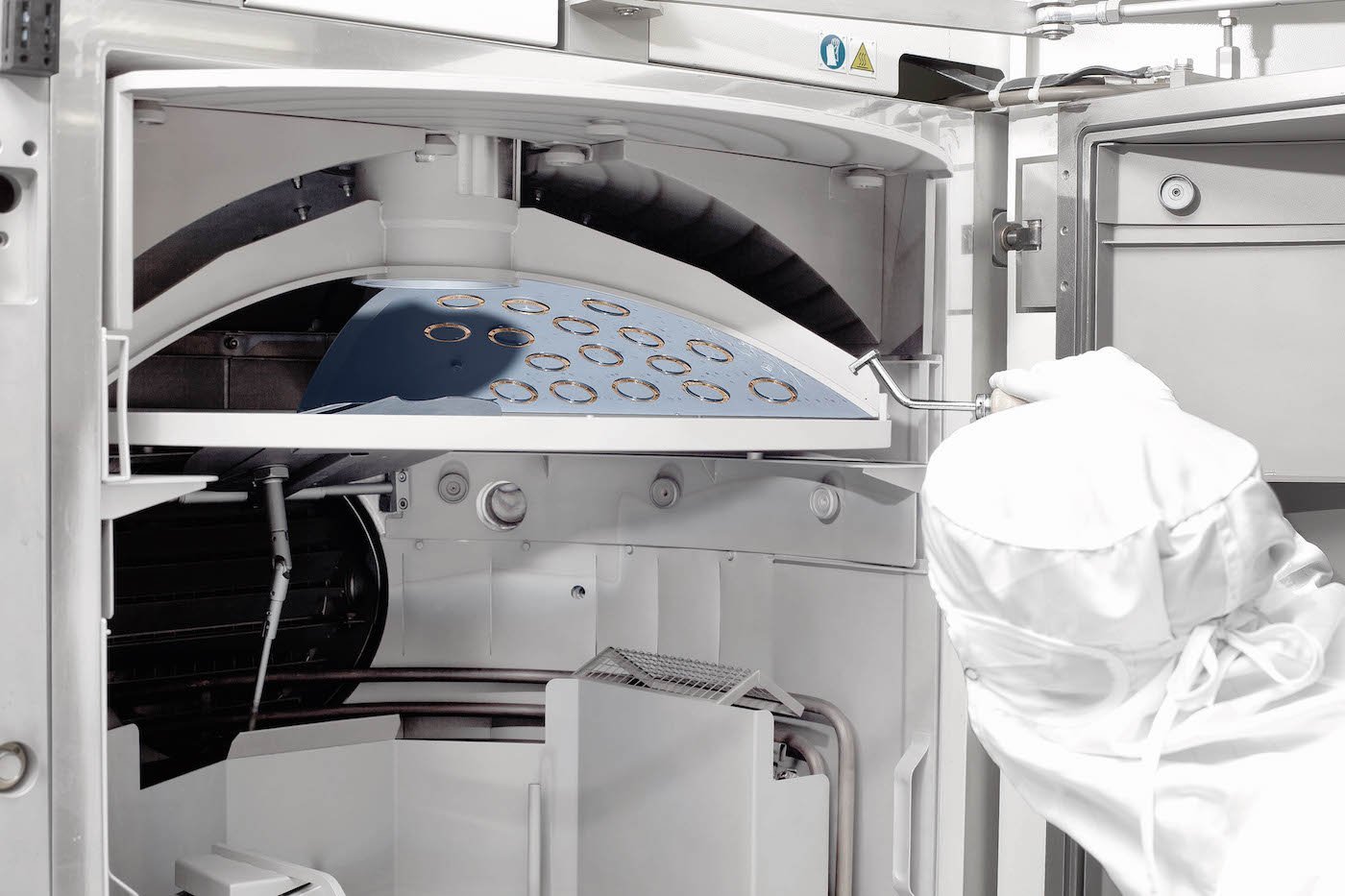he reason that watchmaking has continued to flourish over the centuries is that it has continually innovated. Innovation – in its original sense of “renewal” – is a continual process. Think of a plant that grows back each spring: they’re the same, and yet always different. Innovation doesn’t start with a blank page. It’s a historical accumulation – each successive stage building on the ones that came before.
There are countless examples: the new geometry of the tourbillon relies on an ancient principle discovered by Archimedes; watch display cases that use the principle of suspension are inspired by the magician Houdin; monocrystalline silicon was identified back in 1854... the list goes on.
But innovation is essentially about strategically leapfrogging the competition – as illustrated by the way silicon has gradually made its way into watch movements. In other words, innovation is the lifeblood of watchmaking. The future belongs to the innovators. And that’s a universal truth.





















































